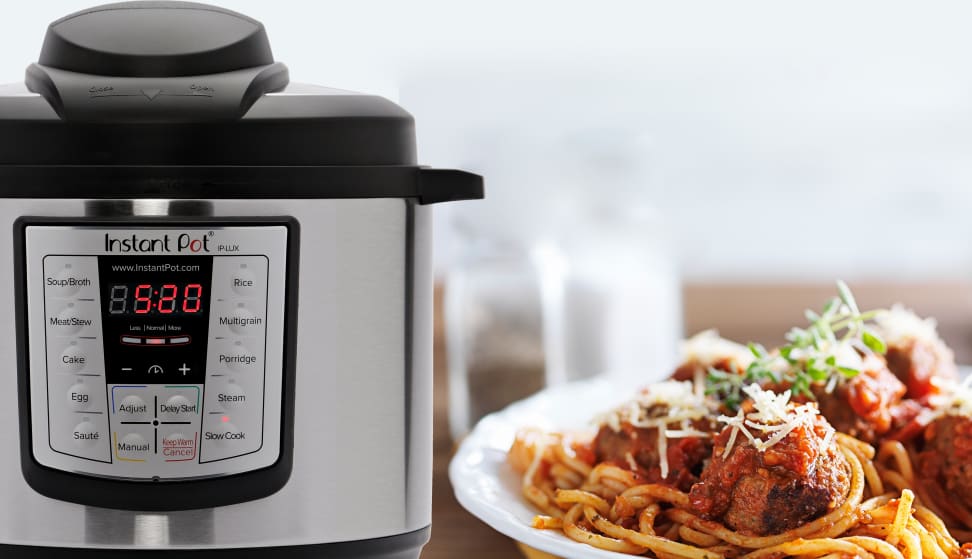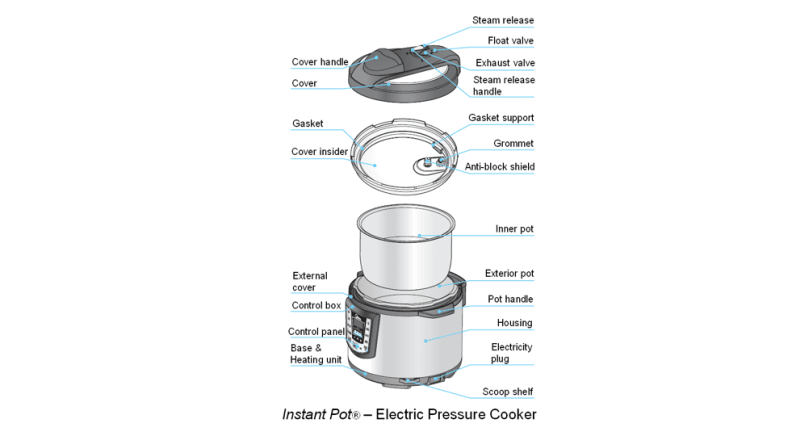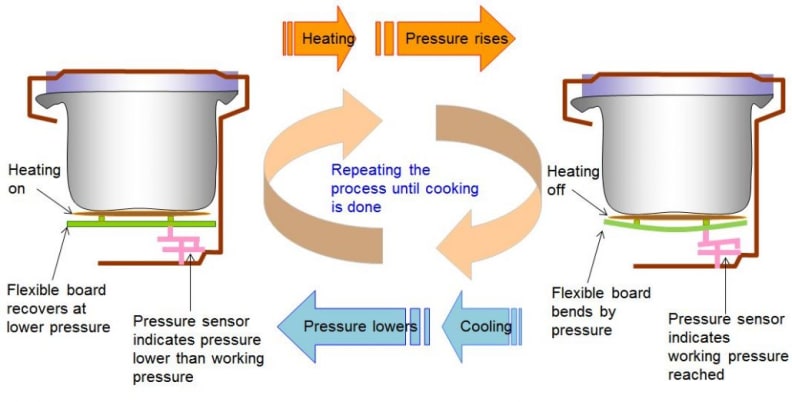How does an Instant Pot work? Everything you wanted to know
No, it's not magic, it's science!
 Credit:
Instant Pot
Credit:
Instant Pot
Products are chosen independently by our editors. Purchases made through our links may earn us a commission.
The Instant Pot is a versatile and beloved kitchen gadget with a dedicated cult following. Between the cookbooks, the accessories, the sealing rings, and the community, the Instant Pot is a cultural juggernaut that can’t be stopped.
But how does it actually work? And how is it (and other electric pressure cookers) different from other devices like slow cookers?
The Basics
First, let’s talk about the basics. An Instant Pot has many different modes but it primarily acts as an electric pressure cooker. Pressure cookers work on one simple principle: under pressure, the water inside an Instant Pot can boil at up to 120°C (instead of the usual 100°C), which cooks food way, way faster.
How The Instant Pot Works
The Instant Pot has three major components—the outer pot, the inner pot, and the cover. These parts work together to create an environment that promotes rapid cooking times, high temperatures, and high pressures.

-The outer pot houses the motherboard, the heat source, the pressure and temperature sensors, and the control panel. -Food is placed in the inner pot, which, in turn, sits inside of the outer pot. -The cover, complete with emergency pressure release valves, locking mechanisms, and gaskets, locks the food and inner pot inside the outer pot, creating an air-tight seal.
When you hit one of the buttons on the control panel, it sends a signal to the motherboard, which turns on the heat source at the base of the inner pot. Because the seal at the top of the Instant Pot is air-tight, the air heats up rapidly; the hot air expands and the liquid turns to steam, resulting in increased pressure between the inner and outer pots.
Beneath the heat source is a flexible plate. At the maximum tolerable air temperature and pressure, the plate bends to the extent that the pressure sensor, located beneath the deforming plate, is triggered. This feedback is both a safety feature (to avoid dangerously high pressures, which may lead to explosions) and a feedback mechanism for the motherboard; once the pressure sensor is activated, the heat source shuts off.

Eventually, the air cools, the pressure drops, and the plate flattens out again; the pressure sensor is deactivated, and that tells the Instant Pot to turn on the heating element once more. This constant heat cycling is also used in ovens—it’s a way to maintain a relatively constant average temperature (in between the temperature peaks and valleys) in a sealed space.

The number and duration of the heat on/off cycles depends on which pre-programmed cooking option you select on the control panel.
How long does the Instant Pot last?
Over time, the gasket can be worn out by the repeated exposure to high temperatures and pressures. If you don’t clean the gasket regularly, it isn’t sitting in the Instant Pot correctly, or just isn’t in great condition, then there’s a chance that the seal is not air-tight.
This means that some of the hot air can escape. As a result, the Instant Pot may not start cooking your food at all. How long this takes depends on how often you use your Instant Pot.
How is the Instant Pot different from a slow cooker?
Slow cookers rely on a similar heat source mechanism, but the heated air is not sealed in an air-tight chamber. This means that the heat increases much more gradually; cook times are generally on the order of hours, rather than the minutes of electric pressure cookers.
While most people prefer the shorter cooking times of the Instant Pot, there is evidence that the Instant Pot, while it has a few “slow cooker” settings, does not work as well as using an actual slow cooker for certain recipes that were designed with long cook times in mind.
